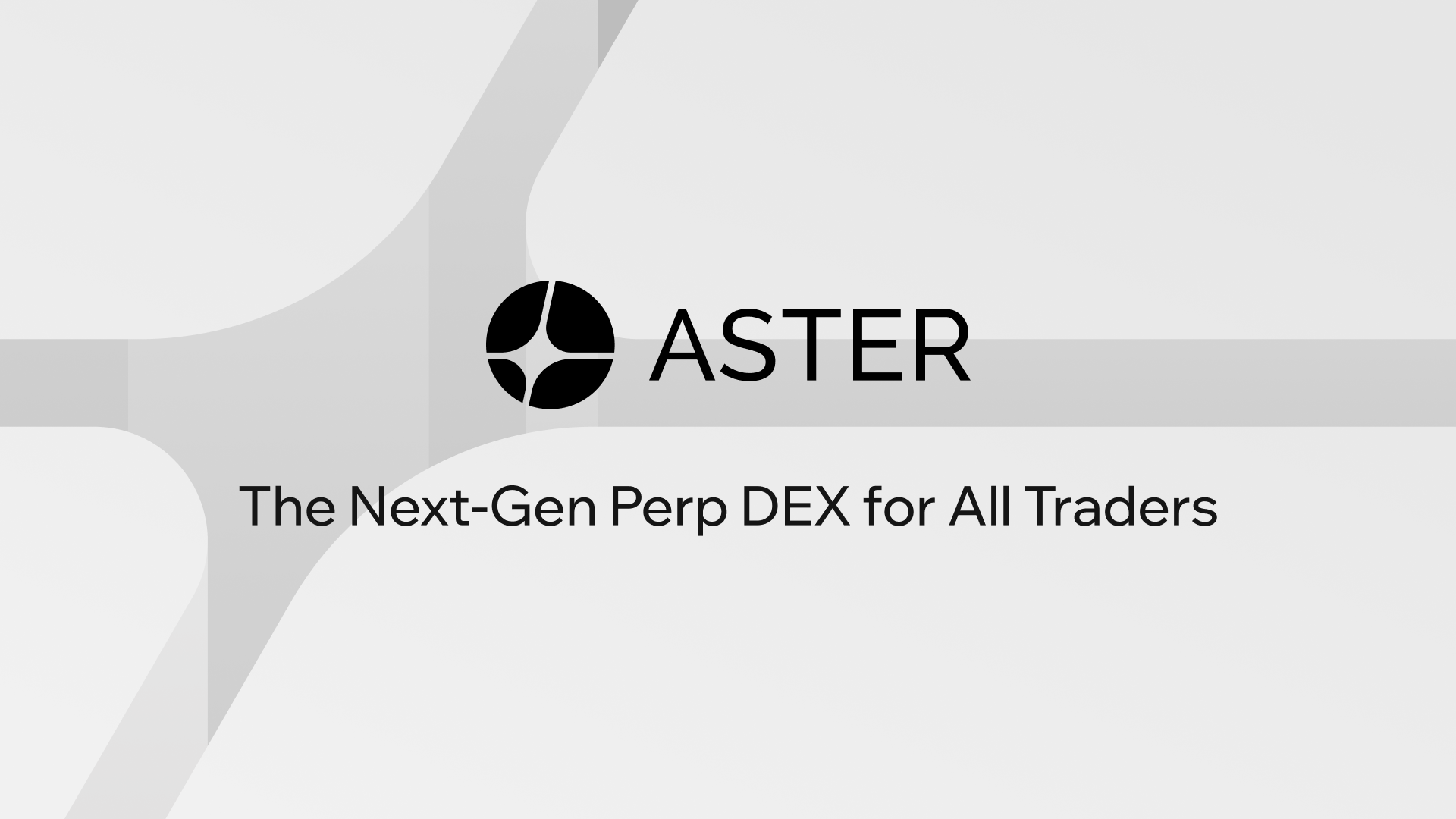Here’s the thing. DeFi on Polkadot doesn’t feel like crypto from 2017 anymore. Traders want speed and low fees, but they also want safety and control. My instinct said that the usual AMM spiel would cover it all, but then I dug in and found some gaps that bug me. On one hand the tech is elegant, though actually the human layers — incentives, dashboards, and governance — often lag behind.
Okay, so check this out— liquidity pools are deceptively simple. You pair two assets and provide capital. The pool does the rest via smart contracts, matching orders automatically and pricing assets by reserve ratios, simple math really. But there’s more: price slippage, impermanent loss, and front-running still lurk in the corners and they change the game for active DeFi traders. I’m biased, but liquidity strategies matter more than token listings; I’ve lost and made money learning that the hard way.
Really? Yes — and fees are only part of the story. When you put liquidity into a pool, you earn trading fees and sometimes farming rewards, though the composition of those rewards shifts incentives pretty fast. Pools on Polkadot benefit from cross-chain messaging and parachain throughput, which can lower effective gas and reduce latency, but the smart contract design still defines risk. Initially I thought high TVL was the best signal, but then realized concentration risk and bad liquidity provision patterns can hide systemic fragility.
Here’s my quick rule of thumb for traders. Check who designed the smart contract; check audits; check upgrade paths. Look at the fee model and the tokenomics for governance tokens. If there are concentrated whale LPs, expect wash trading or sudden withdrawals. Somethin’ about those dashboards that hide depth bugs me—very very often they show TVL but not real tradable depth. Hmm… you should also test small trades live to gauge slippage and routing behavior.

Smart contracts: the invisible seatbelt (and sometimes the speed bump)
Whoa, code is trust. Smart contracts automate fund custody and define pool behavior, yet they’re human-made and thus imperfect. Medium-length audits reduce but don’t remove risk; bug bounties help, though they also create a false sense of security sometimes. On one hand immutable contracts prevent arbitrary rug pulls, though actually upgradeable proxies swap one risk for another — centralized governance can patch issues, but that same power can be misused. My gut said “trustless” for a long time, but I’ve come to accept that trust is layered and must be evaluated.
Here’s the practical checklist I use before adding serious capital. Review the audit reports end-to-end. Read the upgrade mechanism clauses in simple language. Test interactions with small amounts. Watch for permissioned functions that could pause or sweep funds. Keep a personal limit on LP exposure to any single protocol — that rule saved me once during a token migration drama.
Seriously? Governance tokens seem overrated sometimes. They give holders the right to vote, but turnout is low and the wealthier participants usually call the shots. A well-structured governance token aligns incentives by combining staking, vesting, and utility, but poorly distributed tokens lead to oligarchy. Initially governance felt like pure democracy to me, but then I realized delegation and vote-selling quietly recreate centralized dynamics. So yeah, check token distribution and the presence of time locks before you vote or stake.
On Polkadot, governance can be richer because on-chain proposals and fast referendum mechanisms let communities iterate faster, though that speed requires active, informed participation. The best projects balance automatic on-chain execution with off-chain discussion forums where context and nuance can be argued. I’m not 100% sure about the future shape of DAO governance, but a hybrid approach seems most resilient to me.
Check this out— aster dex official site has a Polkadot-native experience that feels like it was built with traders in mind. Their interface highlights pool depth, fee tiers, and governance proposals without the fluff. I used it to run micro-simulations and honestly the routing was smarter than I expected, though there were a couple of UI warts (small things, but worth noting). If you’re hunting a low-fee DEX on Polkadot, it’s a useful place to start the deeper due diligence.
Liquidity provisioning strategies deserve nuance. Passive index-style LPs are fine for long-term yield, but active LPs should concentrate liquidity (where supported) to capture more fees and reduce impermanent loss, though that increases exposure to price movements. Time-weighted strategies and periodic rebalancing help, especially around anticipated governance events or token unlocks. I once kept a position through an airdrop and it skewed my impermanent loss calculations badly; learned that the hard way.
Here’s the thing for traders who like leverage: be careful. Polkadot’s parachain messaging allows near-instant arbitrage, which reduces persistent mispricing, but it also means liquidations can cascade faster across venues. Smart contracts with built-in safety modules (like circuit breakers) are worth the marginal friction they add. On a separate note, these mechanisms can be gamed if oracle feeds are manipulable, so always consider oracle design when assessing contract risk.
Really, the intersection of liquidity pools and governance tokens creates the tightest feedback loop. LP rewards distributed as governance tokens can temporarily inflate TVL, and when the token reprice occurs, liquidity drains quickly. Some projects mitigate that with vesting schedules, vote-locked incentives, or time-weighted reward curves. A lot of stuff promises “aligning incentives” but read the fine print — are rewards retroactive? Do they penalize early exit? Those details matter a ton.
I’m biased toward systems that reward long-term participation. Delegated stake in governance, ve-tokenomics that encourage locking, and tiered fee-sharing models are my favorites because they reduce churn. Yet no model is perfect, and design choices imply trade-offs in liquidity depth versus governance health. If you plan to be an active participant, learn the voting cadence and mark your calendar for key proposal windows — missing a vote can cost you more than missing a trade, oddly.
FAQ
How do I minimize impermanent loss while still earning fees?
Concentrate liquidity if the AMM supports it, rebalance around volatility events, and choose pools with correlated assets (like stablecoin pairs or synthetics). Use small test positions to observe real slippage and routing costs, and avoid pools that incentivize short-term farms with highly inflationary tokens.
Can governance tokens actually give me real influence?
Sometimes. Influence depends on token distribution, participation rates, and whether votes are token-weighted or delegated. Look for projects with vesting schedules and anti-sybil measures, and consider joining active forums where proposals are debated — that’s where most decisions actually form before the on-chain vote.
Is Polkadot a better place for low-fee DEXs?
Polkadot’s architecture offers lower congestion and cross-chain composition that can reduce effective fees, yes. But the real advantage is the composability among parachains, which lets DEXs tap liquidity across lanes. Still, always compare real-user costs including slippage, bridging fees, and withdrawal mechanics — the sticker fee isn’t the whole bill.












